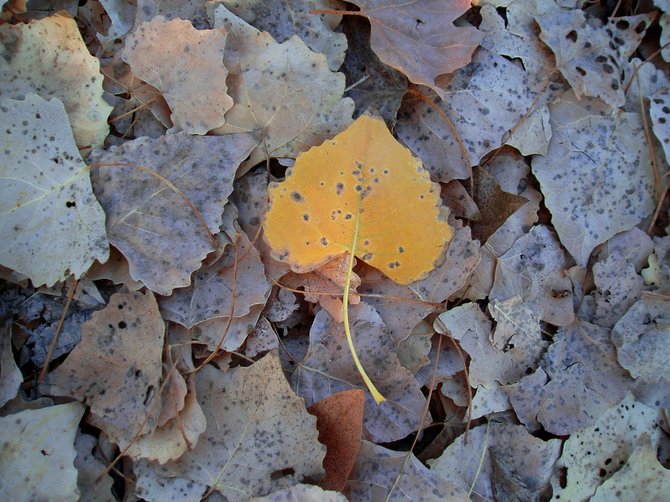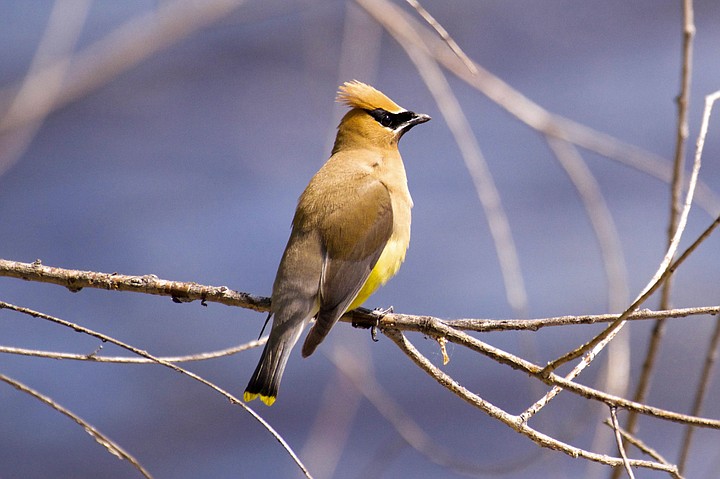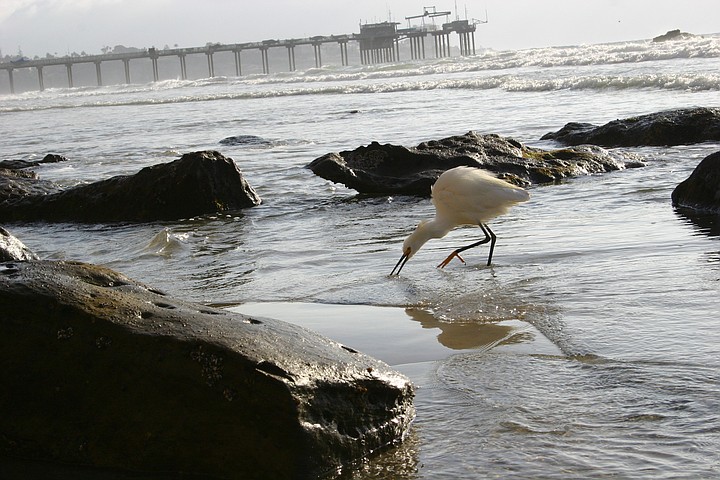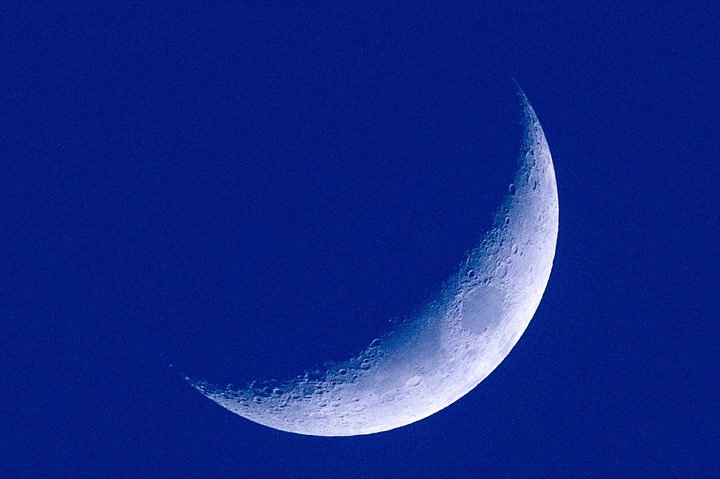 Facebook
Facebook
 X
X
 Instagram
Instagram
 TikTok
TikTok
 Youtube
Youtube

Leaves Are Beginning to Turn in coastal San Diego County’s riparian woodland and oak woodland habitats. The summer-green crowns of willows and sycamores are already fading to yellow and brown. Beneath the oaks, the deciduous poison oak is flushing red. Good locations for autumnal walks this month and next include San Clemente Canyon (Marian Bear) Park adjacent to Freeway 52, Los Peñasquitos Canyon Preserve north of Mira Mesa, and Wilderness Gardens Preserve County Park east of Pala in North County.

Cedar waxwings are making their way to Southern California. Arriving as early as September and hanging out through April. They almost look like they are made of porcelain, with their perfectly crafted feathers. They have waxy red droplets at the ends of their flight feathers, made from the wax of the small fruits they consume. Keep an ear open for their high-pitched trills as they flock around the highest branches of trees. Balboa Park is a favorite hangout.

Extreme High Tides are taking place on Thursday, October 27. The tide crests at +6.83 feet at 10:34 am. During the high-tide episodes, birdwatchers have an opportunity to spot species of rare shorebirds that get pushed to the edges of local bays and coastal marshes by the high water.

Crescent Phase Yields Cheshire Moon on the 28th, 29th or 30th, just before the sun rises, look near the horizon and you’ll see the “Cheshire Moon” — a white crescent resembling the Cheshire Cat’s famous disembodied smile from Alice in Wonderland. The moon appears as a narrow crescent early in its first quarter or late in its last quarter, and depending on the time, the season, and the viewer’s location, that crescent may appear as a smile, a frown, or opening or closing parentheses. In the tropics, it’s always a smile. Here in San Diego, we’ll get the grin during morning twilight from September through November, thanks to the angle of the lunar orbit with respect to the horizon. In the Fall evenings, the crescent appears sideways, like an archer’s bow. (However, at no time of night from any location on Earth does the Moon appear to be frowning; this occurs only around midday, in full sunlight.)


Leaves Are Beginning to Turn in coastal San Diego County’s riparian woodland and oak woodland habitats. The summer-green crowns of willows and sycamores are already fading to yellow and brown. Beneath the oaks, the deciduous poison oak is flushing red. Good locations for autumnal walks this month and next include San Clemente Canyon (Marian Bear) Park adjacent to Freeway 52, Los Peñasquitos Canyon Preserve north of Mira Mesa, and Wilderness Gardens Preserve County Park east of Pala in North County.

Cedar waxwings are making their way to Southern California. Arriving as early as September and hanging out through April. They almost look like they are made of porcelain, with their perfectly crafted feathers. They have waxy red droplets at the ends of their flight feathers, made from the wax of the small fruits they consume. Keep an ear open for their high-pitched trills as they flock around the highest branches of trees. Balboa Park is a favorite hangout.

Extreme High Tides are taking place on Thursday, October 27. The tide crests at +6.83 feet at 10:34 am. During the high-tide episodes, birdwatchers have an opportunity to spot species of rare shorebirds that get pushed to the edges of local bays and coastal marshes by the high water.

Crescent Phase Yields Cheshire Moon on the 28th, 29th or 30th, just before the sun rises, look near the horizon and you’ll see the “Cheshire Moon” — a white crescent resembling the Cheshire Cat’s famous disembodied smile from Alice in Wonderland. The moon appears as a narrow crescent early in its first quarter or late in its last quarter, and depending on the time, the season, and the viewer’s location, that crescent may appear as a smile, a frown, or opening or closing parentheses. In the tropics, it’s always a smile. Here in San Diego, we’ll get the grin during morning twilight from September through November, thanks to the angle of the lunar orbit with respect to the horizon. In the Fall evenings, the crescent appears sideways, like an archer’s bow. (However, at no time of night from any location on Earth does the Moon appear to be frowning; this occurs only around midday, in full sunlight.)
Comments